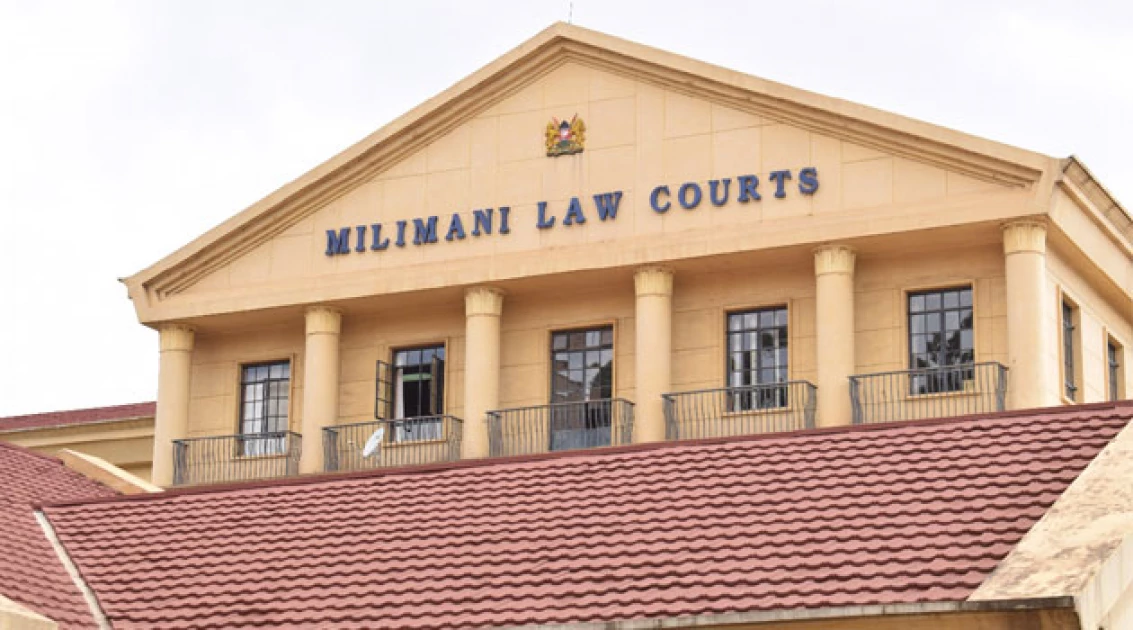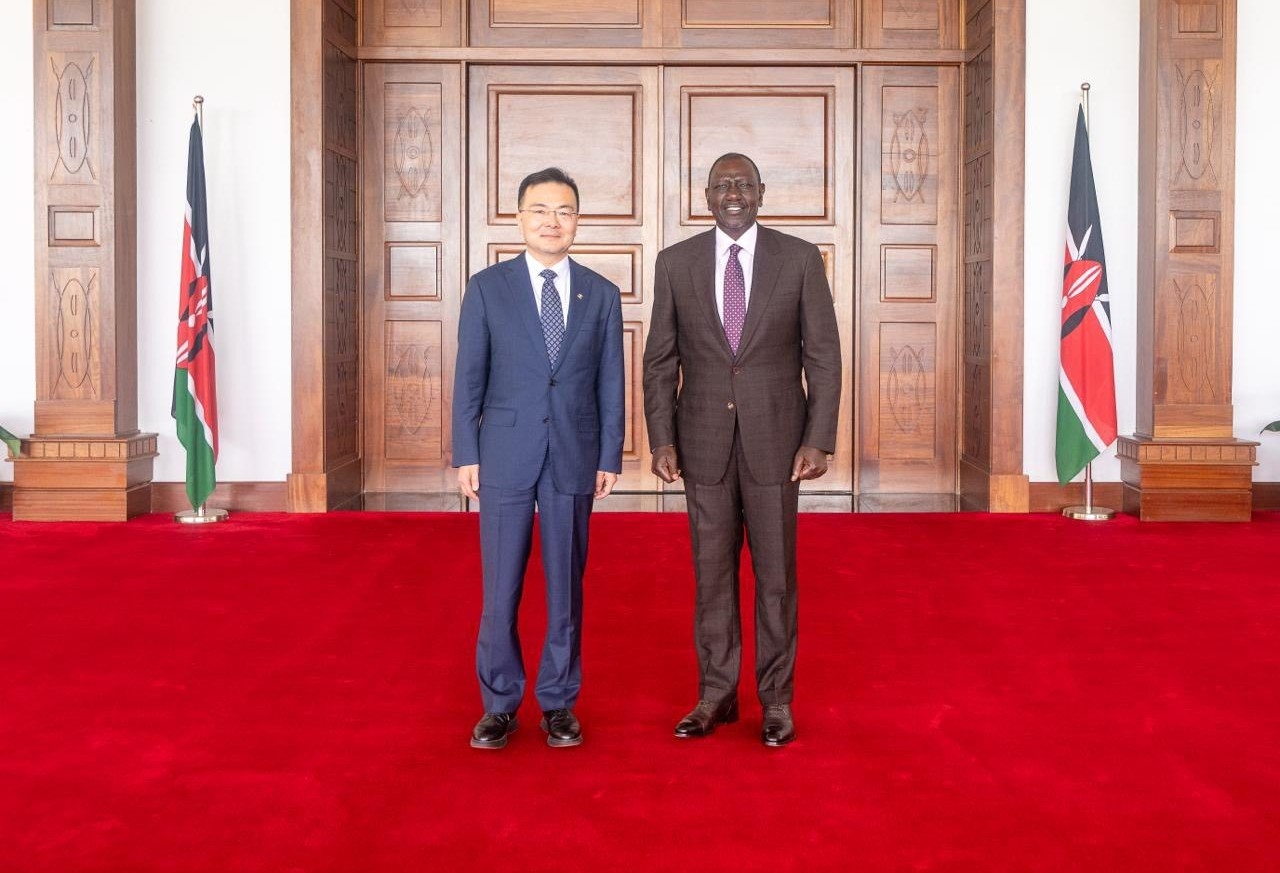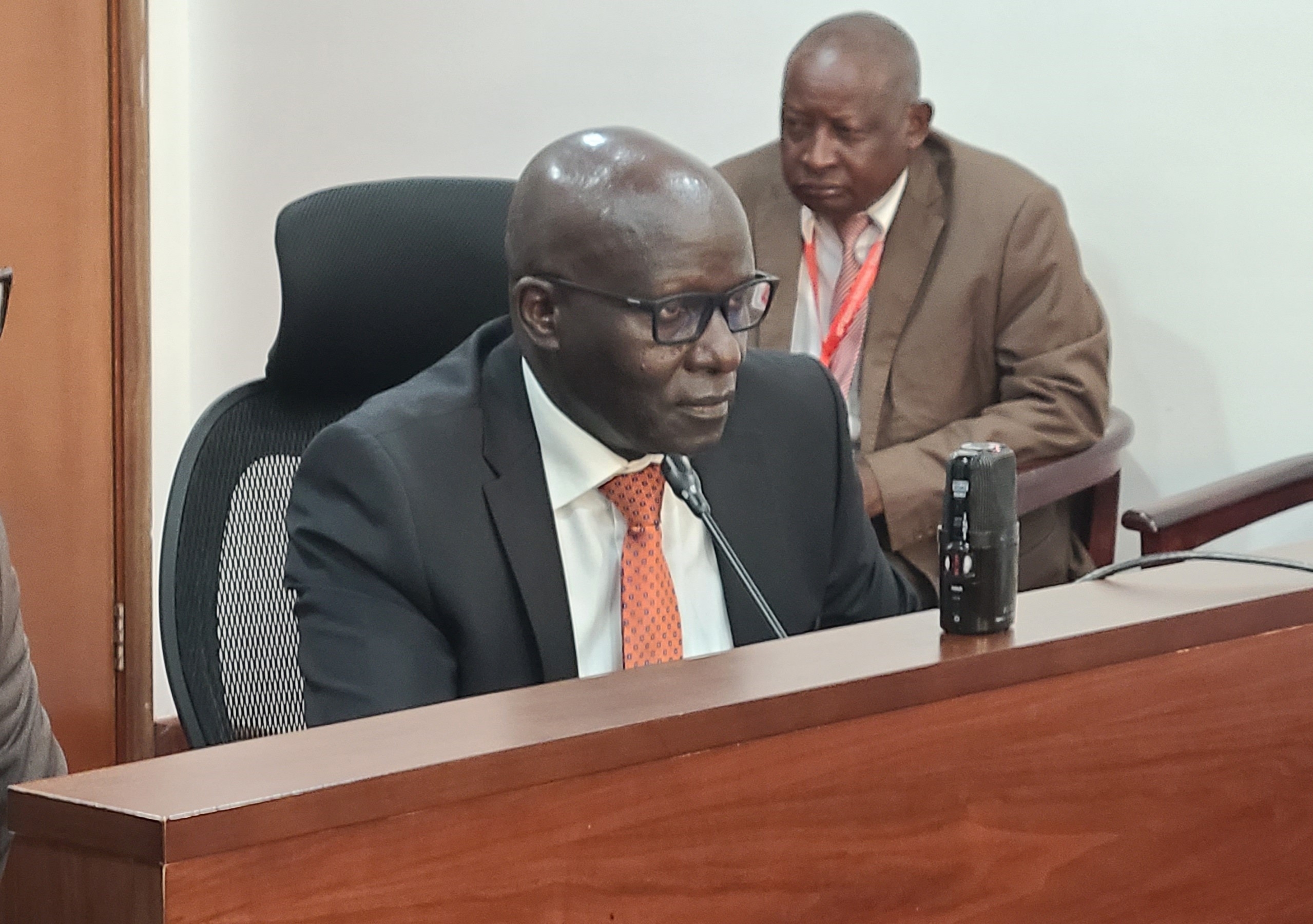
Earlier in March 2025, Chief Justice Martha Koome sounded a clarion call over Kenya’s creaking justice system.
In a video statement posted on X, she expressed concern that systemic obstacles were delaying justice, eroding public confidence, and hampering the courts’ ability to serve litigants.
Among her chief areas of concern were excessive case adjournments, many avoidable, and overly ambitious daily court dockets that sometimes list as many as 50 cases, overwhelming judicial capacity.
“What this means is that there are long delays, and in many cases, some of those matters are not even reached,” she stated.
Her plea comes at a time when, despite impressive clearance rates, court backlogs remain a stubborn, growing problem in Kenya’s judicial system.
This is particularly worrying given the socio-economic stakes: unresolved land, commercial, and labor disputes can cripple livelihoods, lock up capital, and undermine faith in the rule of law.
This prompts the question of where the backlogs are worst, why they persist, and what sorts of reforms, including the promising expansion of the Small Claims Court, might finally bend the curve.
Mapping the backlog: Which courts and case types are worst affected
According to the State of the Judiciary and Administration of Justice Report (SOJAR) for FY 2023/24, Kenya’s courts achieved a 99 per cent case clearance rate.
“Notably, we recorded a Case Clearance Rate of 99 per cent, with 516,121 cases filed compared to 509,664 cases resolved during the financial year,” the report stated.
On paper, this sounds like a triumph. But look closer, and a more complicated reality emerges: the number of pending cases, those still unresolved, actually rose from 649,342 to 635,262, according to the same report.
Meanwhile, Koome noted a 10 per cent drop in the backlog (cases older than one year) in this reporting period — a welcome trend, but one that still leaves hundreds of thousands of cases languishing.
A closer look at Kenya’s court system reveals that some jurisdictions are under far greater strain than others.
Magistrates’ Courts have historically shouldered the bulk of pending cases, accounting for approximately 73 per cent of the backlog, according to Judiciary Kenya reports.
The High Court also bears a significant burden, with the Performance Management and Measurement Unit (PMMU) indicating that roughly 18 per cent of unresolved cases fall within its docket.
In contrast, the Court of Appeal has seen its backlog grow, making it one of the few tiers where pending matters are actually increasing.
Meanwhile, specialised courts such as the Environment and Land Court (ELC) and the Employment and Labour Relations Court (ELRC) have made measurable progress.
The SOJAR 2023/24 report shows that the ELRC reduced its
backlog by 37 per cent, while the ELC saw a 20 per cent decrease, highlighting
how targeted reforms can yield tangible results.
"Notably, the overall case backlog decreased by 10 per cent, with significant reductions in the backlog ,with significant reductions in the backlog for the ELRC, ELC, Tribunals, and Kadhis’ Courts," the same report noted.
Why the backlogs persist: deeper structural challenges
Chronic underfunding
At the heart of Kenya’s backlog crisis is a persistent funding shortfall.
The Judiciary has repeatedly decried its under-budgeting.
In June 2025, Chief Justice Koome lamented that the Employment and Labour Relations Court alone had 7,837 cases pending for more than a year, attributing the delays in part to insufficient funds to hire judicial officers.
The report on the State of the Judiciary and the Administration of Justice for 2023-24 revealed the institution has accumulated pending bills amounting to Sh811.17 million, up from Sh608.07 million in the 2022-23 financial year.
Judiciary faced a budget gap between Sh20.75 billion and Sh43 billion, leaving critical functions underfunded.
Projects such as court infrastructure expansion, mediation programmes, and recruitment have stalled.
The report notes that the judiciary’s allocation has been low, consistently below 1 per cent of the national budget, far short of the recommended 3 per cent.
Under-resourcing means fewer judges, fewer magistrates, and weakened administrative support, all of which feed directly into backlog.
Overloaded dockets and poor case management
Chief Justice Koome’s March 2025 statement singled out the listing of up to 50 cases in a day, sometimes by parties who overload the court schedule.
This practice, she argued, is unfair: court capacity is finite, and cramming in too many hearings ensures that some cases are never actually reached.
Frequent adjournments, many of them avoidable, further delay the process.
Koome pointed to this as a deep-rooted problem that eats away at judicial efficiency and public trust.
This overbooking and constant rescheduling exacerbate strain on court officers, who must juggle cases, author judgments, and manage matters, often with limited staff.
Limited alternative dispute resolution uptake
Kenya’s courts have mechanisms to ease caseload, notably Court‑Annexed Mediation (CAM).
But uptake remains low. '
In the Commercial Division, despite the huge value tied up in court, only 818 cases had been referred to mediation by early 2025, limiting the potential impact of this cheaper, faster option.
CAM has proven its worth over time: since its introduction in 2016, it has helped resolve cases valued at over Sh103.7 billion.
But without stronger enforcement, incentives, or awareness, many litigants continue to opt for full-blown litigation — clogging the system.
Institutional and capacity constraints
Even where cases are resolved, the number of judicial officers is inadequate.
The Judicial Service Commission (JSC) has pointed to a high appellate backlog at the Court of Appeal: despite authorisation for up to 70 judges, only 28 appellate judges are in office, creating enormous pressure.
Moreover, critical infrastructure projects are stalling due
to debt and funding gaps, making it hard to expand capacity where it's needed
most.
Spotlights on reform: The Small Claims Court
Amid the clamor of backlog, a bright light has emerged: Kenya’s Small Claims Court.
Designed to address lower-value civil and commercial disputes (cases up to Sh1 million), it's proving to be a transformative tool for access to justice.
Chief Justice Koome, speaking at the Third Small Claims Court Symposium in November 2025, revealed a startling surge in filings: 158,357 cases in FY 2024/25, up from 41,524 the year before — nearly a fourfold increase.
She also celebrated a 98 per cent case clearance rate, with 155,227 cases resolved.
Koome underscored why this matters: the Small Claims Court is simple, affordable, and fast.
For individuals and micro-businesses locked in petty disputes, the model represents a lifeline.
Since its inception in 2021, the court has handled over 61,000 cases, resolving more than 50,000 and unlocking value of Sh9.2 billion.
However, even this success has tensions.
The very scale of demand raises questions about sustainability.
Rapid growth has stretched adjudicators — many magistrates also serve as small‑claims adjudicators.
Underfunding threatens to slow progress just as momentum builds.
Institutional responses, reforms, and roadblocks
Koome’s message was as much a call to reform as it was an indictment.
She urged judicial officers to limit daily dockets, plan hearings within realistic capacity, and minimise unnecessary adjournments.
These are not just symbolic reforms: better case management can reduce wear on resources, improve predictability, and deliver greater satisfaction for litigants.
Koome framed this as part of a broader push to make justice more accessible, efficient, and transparent.
She also emphasised the role of public scrutiny, accountability, in driving change
"Justice cannot be for sale. It is for this reason that we are intensifying our focus on improving case management and ensuring that court users are not subjected to delays or administrative inefficiencies," she said.
Funding the Judiciary
Low funding remains a central barrier.
The JSC has previously appealed to Parliament to allow a portion of the NG‑CDF (National Government Constituency Development Fund) to build courts in under-served areas.
Yet, prospects are uncertain.
The Judiciary has repeatedly received less than 1 per cent of the national budget, despite constitutional and statutory calls for a minimum of 3 per cent to support its work.
Koome has made the case publicly: without more resources, the backlog will persist, infrastructure will remain weak, and the burden on existing judges and magistrates will only increase.
Leveraging technology and innovation
The Judiciary has also leaned into digital reforms.
According to the SOJAR report, e-filing is now fully implemented across court stations, improving file security and reducing lost physical documents.
Digital connectivity has expanded as well: 67 court stations have been connected to Kenya’s national fibre backbone, while 42 local area networks were upgraded.
These investments, while modest, are critical.
They help streamline case flow, reduce administrative friction, and bring greater efficiency to what was once a paper-based, fragmented system.
Improving the institution and capacity constraints
To address challenges of institutional constraints, the Judicial Service Commission (JSC) on a positive note has recently launched a major recruitment drive aimed at filling vacancies across Kenya’s superior courts.
According to a public notice signed by Chief Registrar Winfridah Mokaya, interviews will run from January 12 to March 23, 2026, at the JSC Boardroom in Nairobi.
The exercise targets a total of 45 judicial posts, including 15 judges of the Court of Appeal and 20 High Court judges, reflecting a concerted effort to strengthen judicial capacity and reduce systemic backlog.
“It is notified for general information that JSC will be conducting interviews for the positions from January 12, 2026, to March 23, 2026, at the JSC Boardroom, CBK Pension Towers, 12th Floor, Harambee Avenue, Nairobi,” the notice signed by the Chief Registrar read.
This represents a positive step and offers a glimmer of hope at the end of the tunnel.
The Human Cost: Why the backlog matters
Behind the statistics of Kenya’s court backlog lie real people, real delays, and tangible costs.
For individual litigants, waiting years for a case to be heard can result in financial ruin, emotional stress, and a profound sense of being forgotten.
Witnesses pass away, evidence deteriorates, and the old adage “justice delayed is justice denied” becomes a stark reality.
Businesses are also hard hit, as the commercial backlog ties up capital worth hundreds of billions of shillings, stalling growth, limiting investment, and making long-term planning nearly impossible.
Beyond the immediate impact on litigants and enterprises, public confidence in the judiciary suffers.
Frequent adjournments, overloaded dockets, and administrative inefficiencies erode trust.
Chief Justice Martha Koome has repeatedly warned that without sustained reforms, public faith in the justice system could continue to decline.
The question is whether reforms will move fast enough to restore public confidence before backlogs stretch the system to breaking point.

















